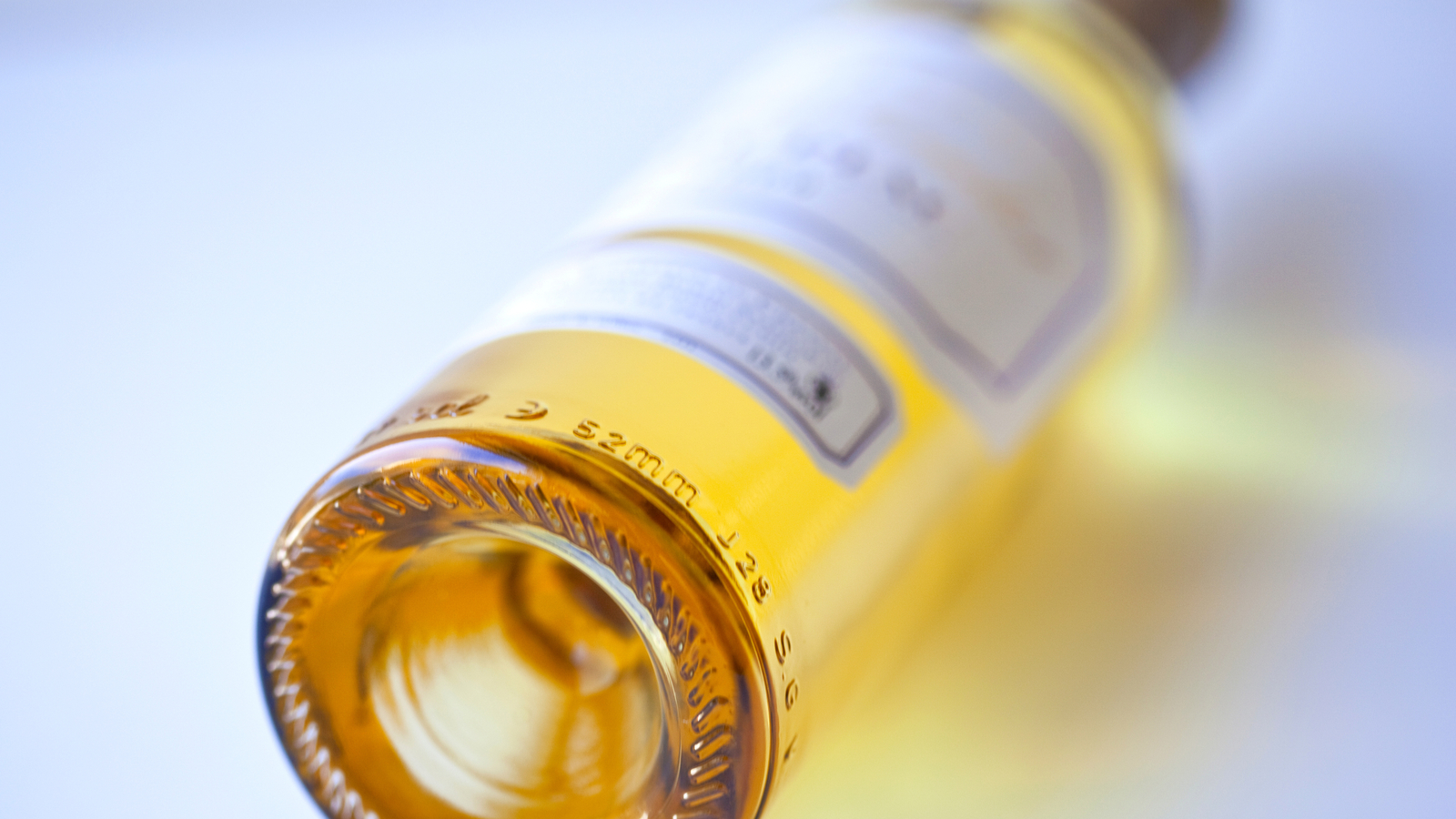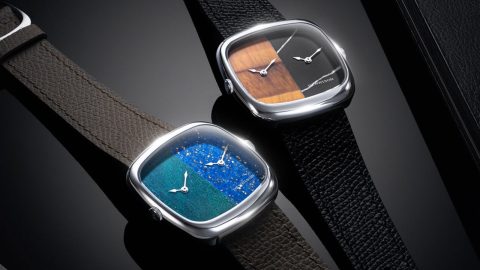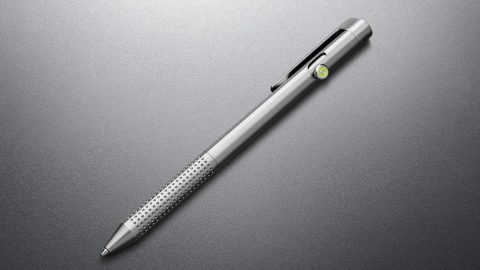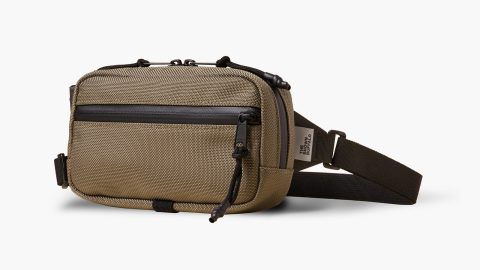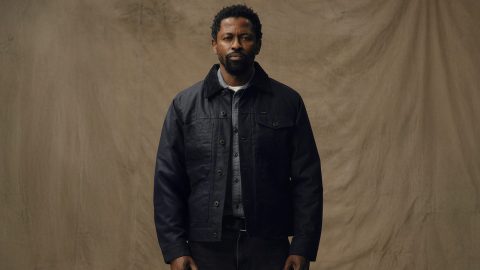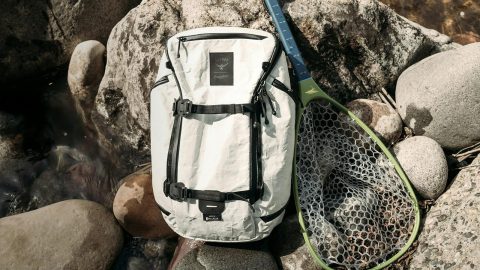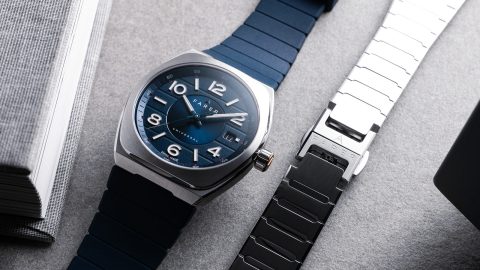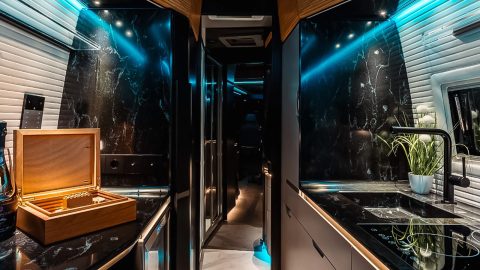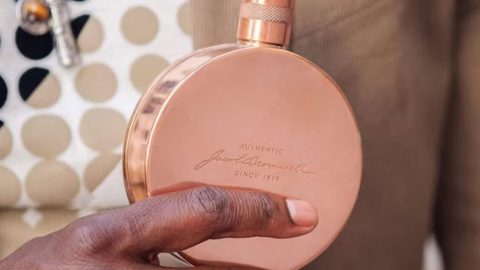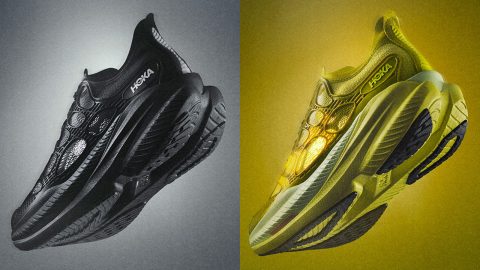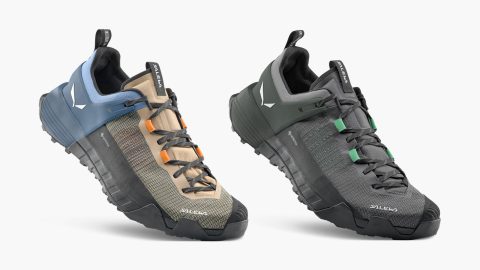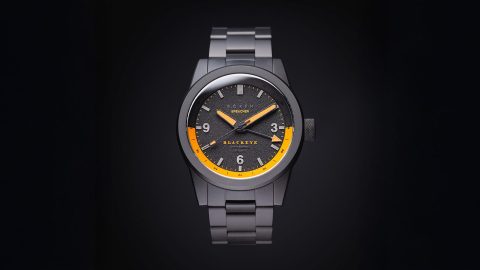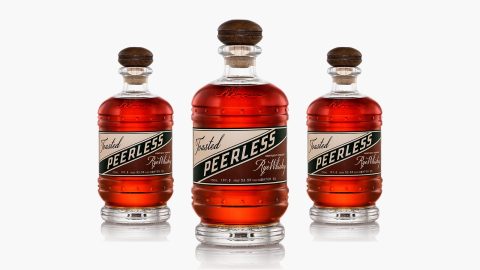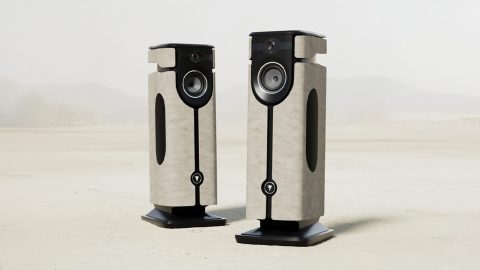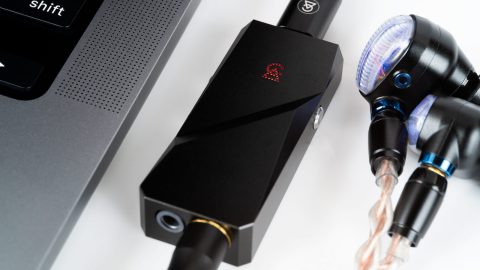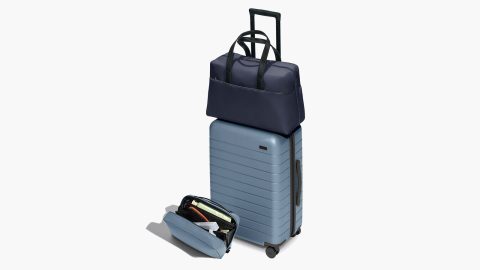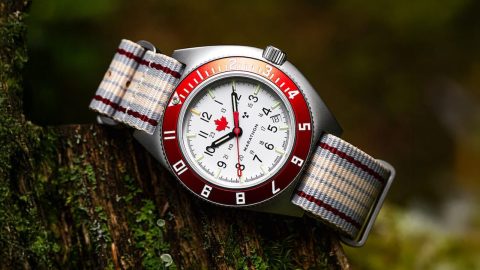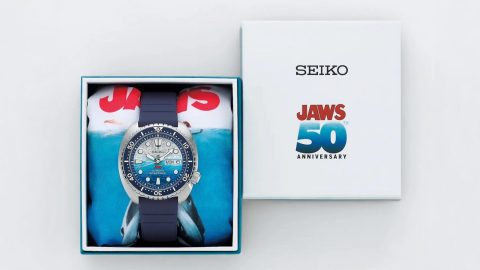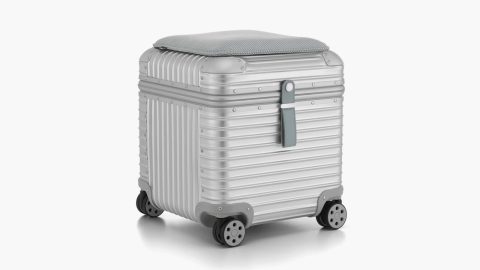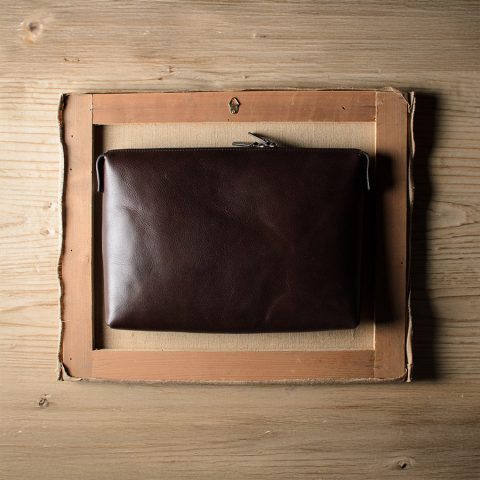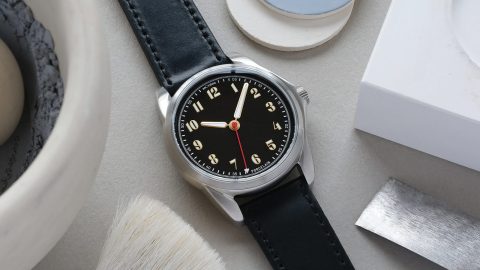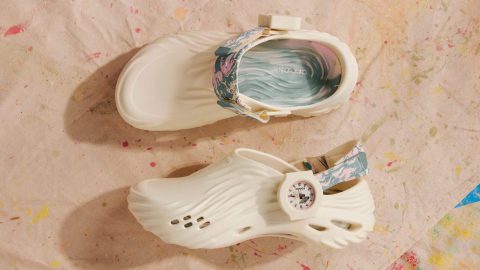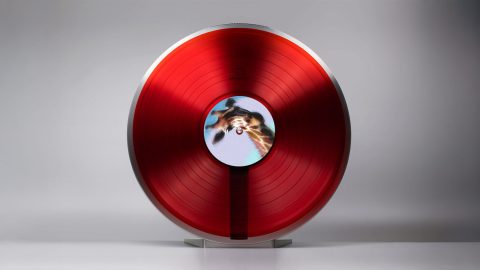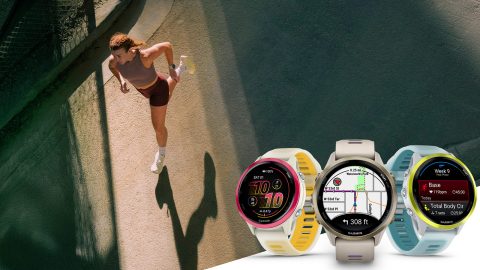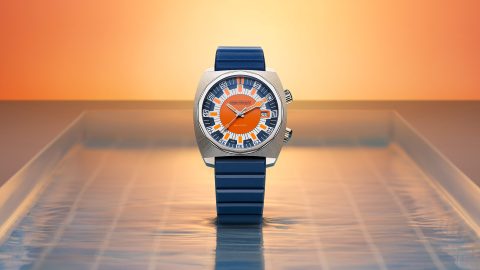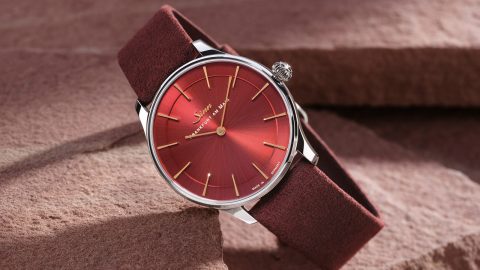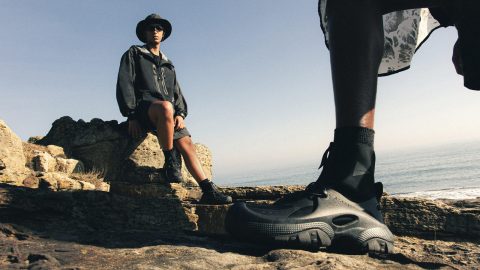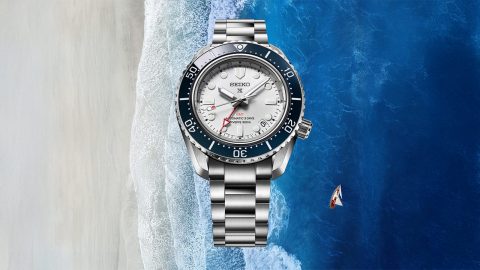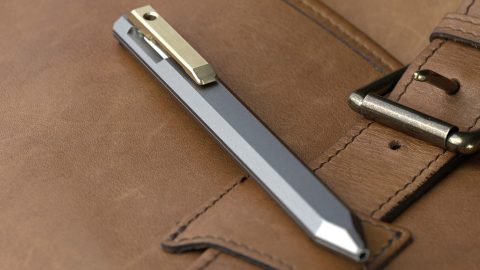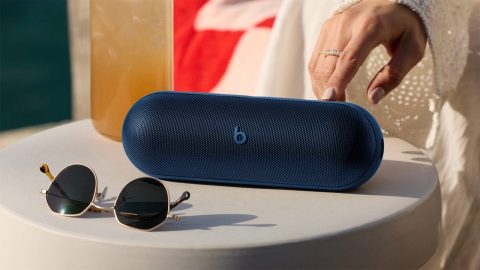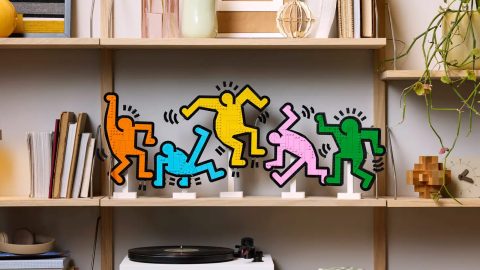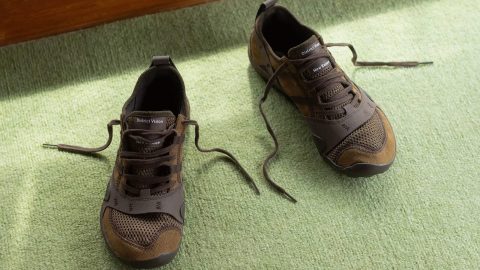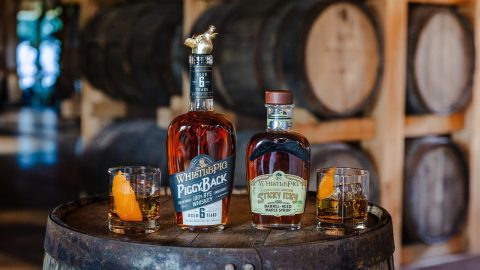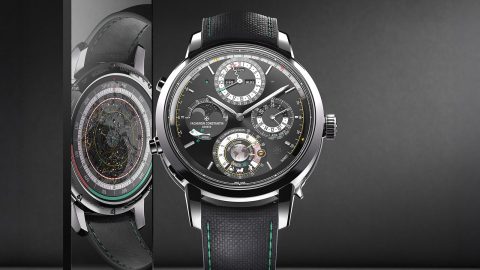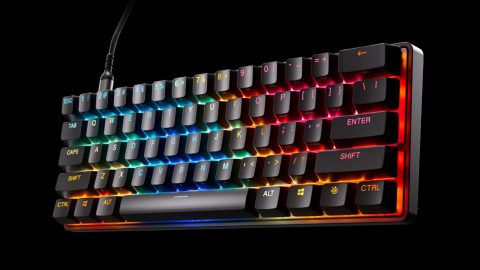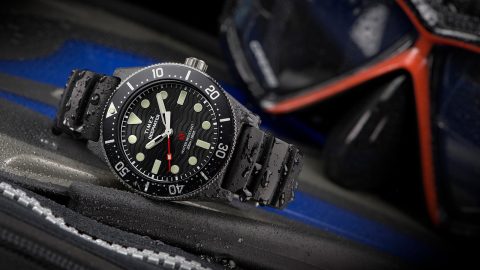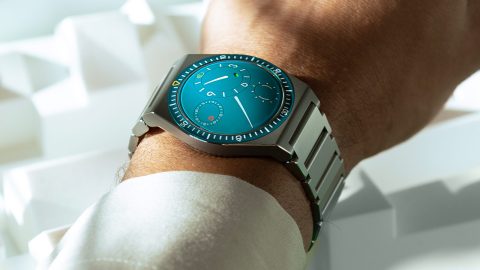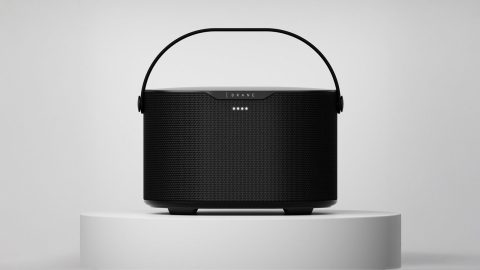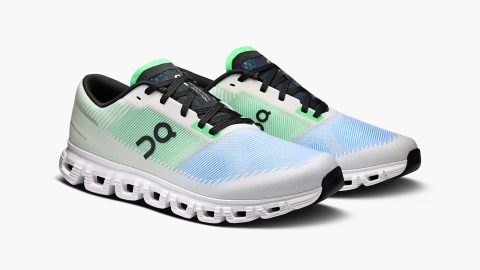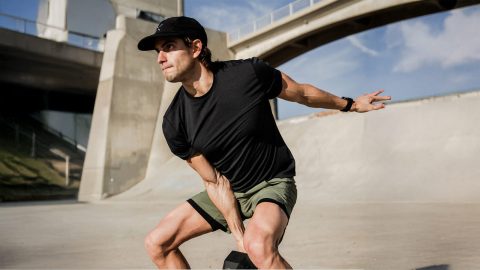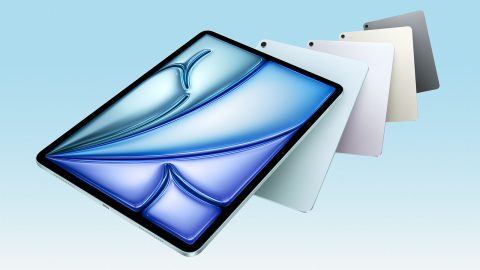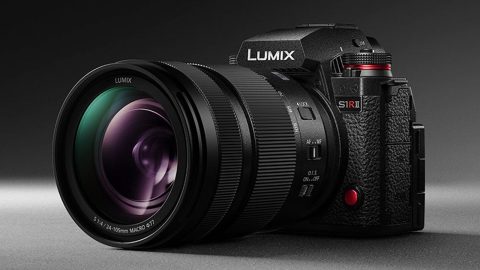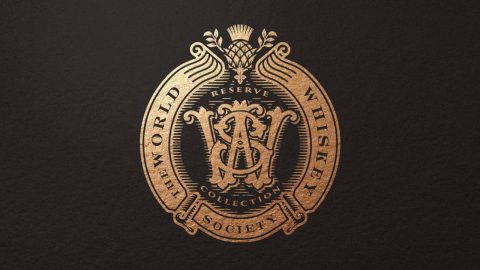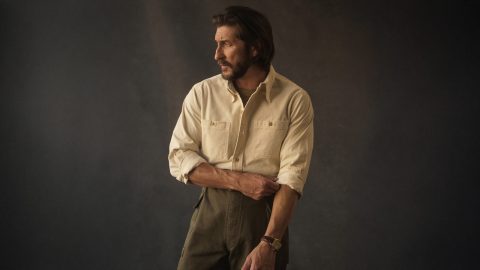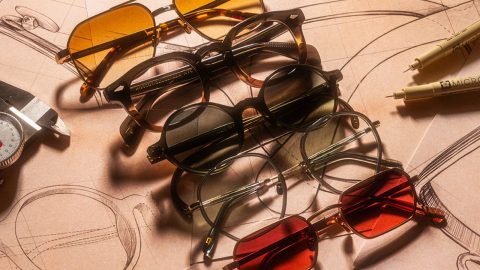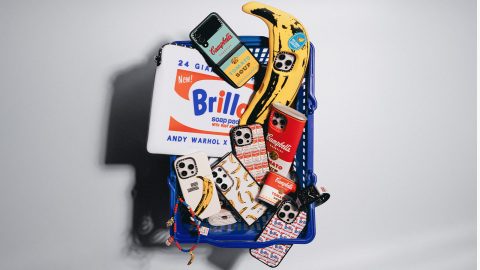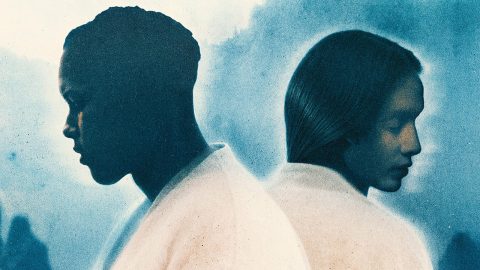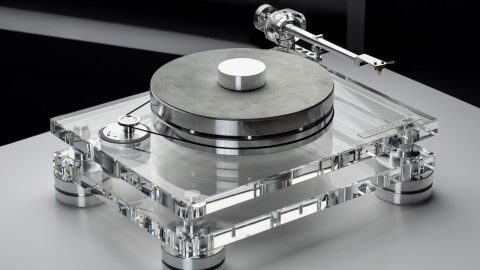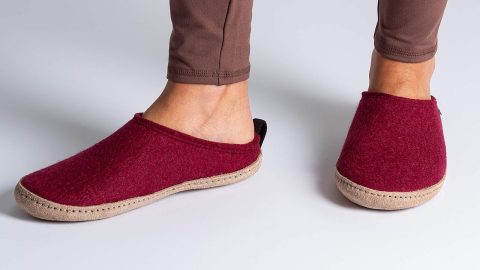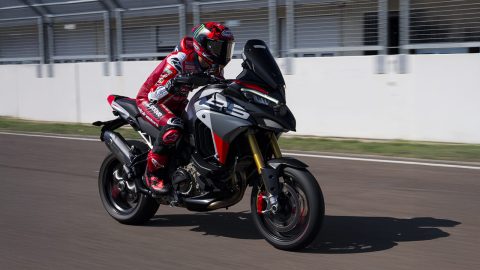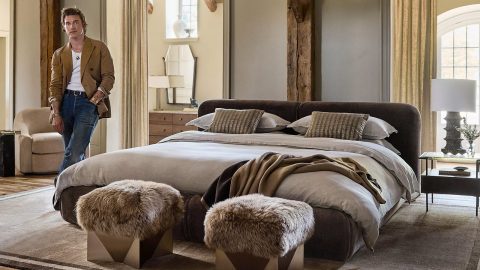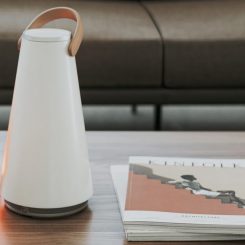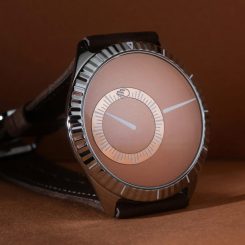There’s no universal definition as to what constitutes a dessert wine except that it’s a wine you have with dessert, and that’s not terribly helpful, is it? Really, though, most wine experts think of dessert wines as those sweet but complex tipples that are high in both sugar and alcohol and served in small, sippable quantities in those little pony glasses.
Alcohol and sugar content are usually a one-or-the-other kind of thing in the wine world as sugar turns into alcohol during the fermentation process, but dessert wines buck the norm either naturally (using high-sugar varietals, letting grapes ripen fully or freeze) or by fortifying the wine with sugar or honey. The latter technique, called chaptalization, is frowned upon in some circles as it’s more manipulation than purists prefer.
You can certainly drink sherry and port with your chocolate lava cake or cheese plate, but for today we’ll focus on lighter-colored dessert wines that appeal to newbies and sophisticated palates alike.
If You Like This…
Chateau d’Yquem Sauternes (375ml Bottle), 2014 – $199
Pronounced shah-TOE dih-KEM soh-TEHRN (all of France just cringed—sorry mes amis), this almost unbelievably delicious quaff is the queen of dessert wines. Chateau d’Yquem has been running under the watchful eye of the Sauvage family for more than 400 years. Count Alexandre de Lur Saluces currently oversees production, and he’s carrying on the long-standing tradition of minimal intervention; basically, he lets nature do its thing, only helping along the process when it’s absolutely necessary.
Chateau d’Yquem is a phenomenal example of bortrytis cinereal, aka “noble rot”, hard at work. This fungus isn’t your typical mold. It only grows in perfect conditions, infiltrating the grape and sucking out the water while leaving the sugar behind. The result is a complex, sweet wine full of flavors running the gamut from beeswax to ginger. In the case of the 2014 d’Yquem, expect a stunning swirl of tropical fruit, floral honey, toasted coconut, orange zest, and spicy ginger with tons of acidity and a hint of funk on the back end.
It’s rich, it’s luscious, it’s compelling… it’s pretty much perfect.
Note: This bottle is 375ml, otherwise known as a “half bottle.” Most dessert wines are packaged in 375ml or 500ml bottles.
Try These…
Local: Chateau Climens Grand Vin de Sauternes (375ml Bottle), 2013 – $81
This bottle will still run you a not-inexpensive $81 or so, depending on the vendor, but keep in mind that you’ll never get a truly cheap Sauternes. It just doesn’t happen. Also, you’re pouring 2-3 ounces per person here rather than the standard 4-5 ounce glasses of still red or white you’d hand out with dinner, so your bottle of dessert wine goes a lot further.
That said, Chateau Climens is also worth the price tag simply because it’s delicious. The estate is steeped in history, with a single-vineyard layout that looks much the same as it did when it Guirault Roborel inherited it in the 1500s. The winery has changed hands a few times since then, but the quality remains the same. It’s layered and lovely, with a deft balance of sweetness, acidity, and a touch of bitter that keeps the tropical fruit and juicy stone fruit elements from becoming cloying. The aroma of white flowers is extremely pleasant, but it’s the sprinkle of nutmeg and oyster shell at the end that keeps people coming back.
A Little Far-Flung: Royal Tokaji 5 Puttonyos (Red Label) (500ml Bottle), 2013 – $66
Royal Tokaji, pronounced like a faster and smoother version of toe-coh-EYE, is a Hungarian wine company with a hefty spread of vineyards. Their portfolio includes three types of wine: a dry white called Furmint, a sweeter late-harvest wine, and what we would call dessert wines. Their sweet wines come in both blends and single-vineyard versions and are produced using traditional long-extraction and barrel-aging methods.
The 2013 Royal Tokaji 5 Puttonyos Red Label takes advantage of a great growing year in 2013, with a combination of dried and fresh stone fruit mixed with white flowers, honey, and a sharp zing of acidity for balance. The “5 Puttonyos” descriptor refers to the level of sweetness; Tokaji starts with residual sugar levels around 60 grams per litre, or 3 Puttonyos, and goes up to a whopping 450 grams per litre, referred to as Aszú Eszencia. This bottle falls in the middle, making it a sweet but harmonious option for Sauternes aficionados looking to expand their horizons and protect their pocketbook.
Out There: Mullineux Family Wines Straw Wine (375ml Bottle), 2016 – $42
South African wine is too often ignored by the rest of the world. There are some mouthwateringly good bottles to be found in areas like Constantia, Stellenbosch, and Franschhoek, including Chenin Blanc-based dessert wines, of which the Mullineux Family Straw Wine is one.
Unlike the dynasties featured above, the Mullineux family has a smaller operation focusing on a handful of varietals that take full advantage of the wild, rocky Swartland terrain. Don’t go in expecting a Sauterne knockoff, because you won’t find it. What you will get is a wine made from naturally dried Chenin Blanc grapes fermented using native yeast. It’s a different processing technique versus a Cheateau d’Yquem, resulting in about 8% alcohol versus d’Yquem’s 13%+, but it’s the spirit and energy of the wine that makes it appealing to lovers of French dessert wine.
Honey, apricot, that slick of beeswax—it’s all here, with an arrow of acidity and round sweetness that’s lovely with a generous sliver of salty cheese.

